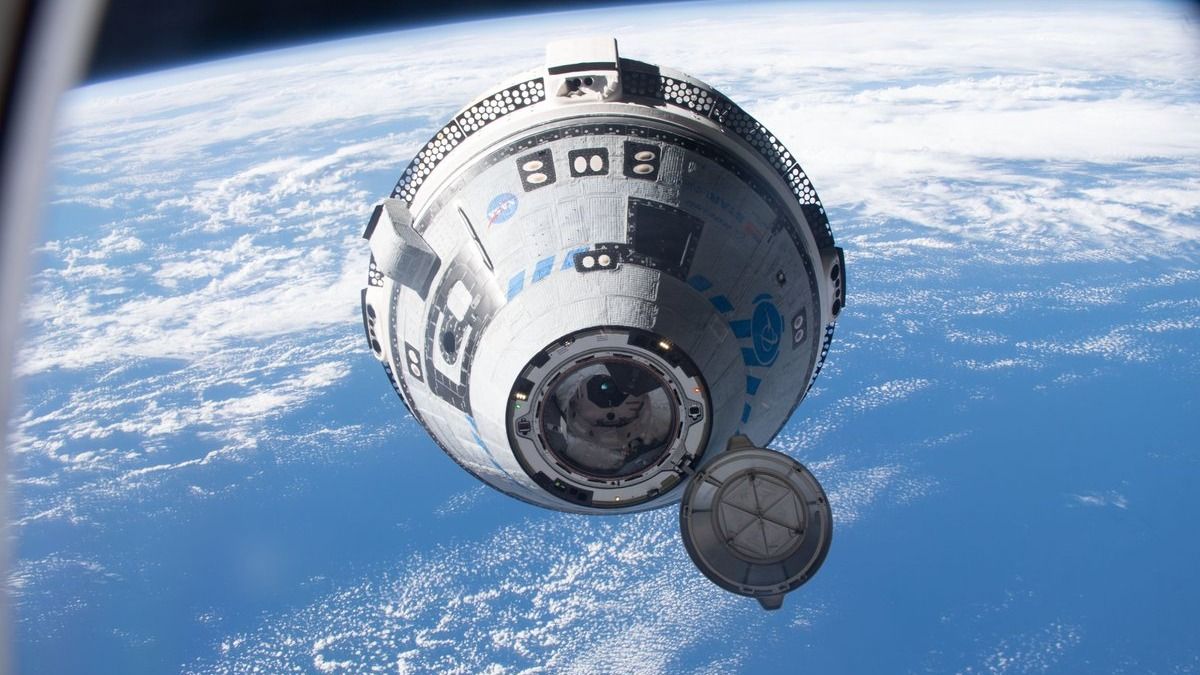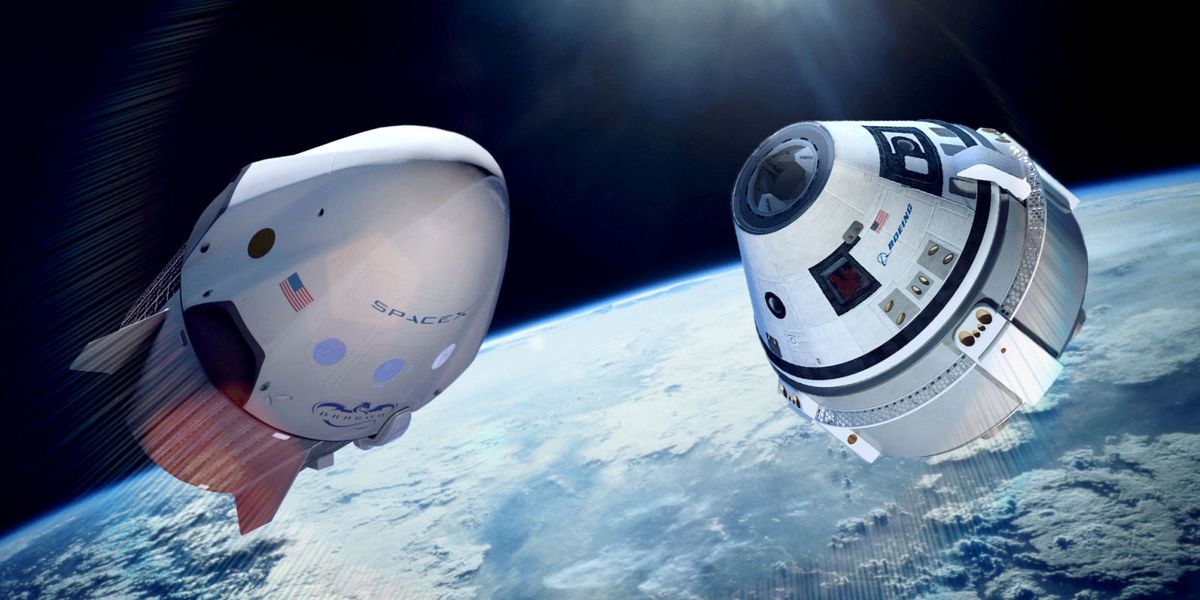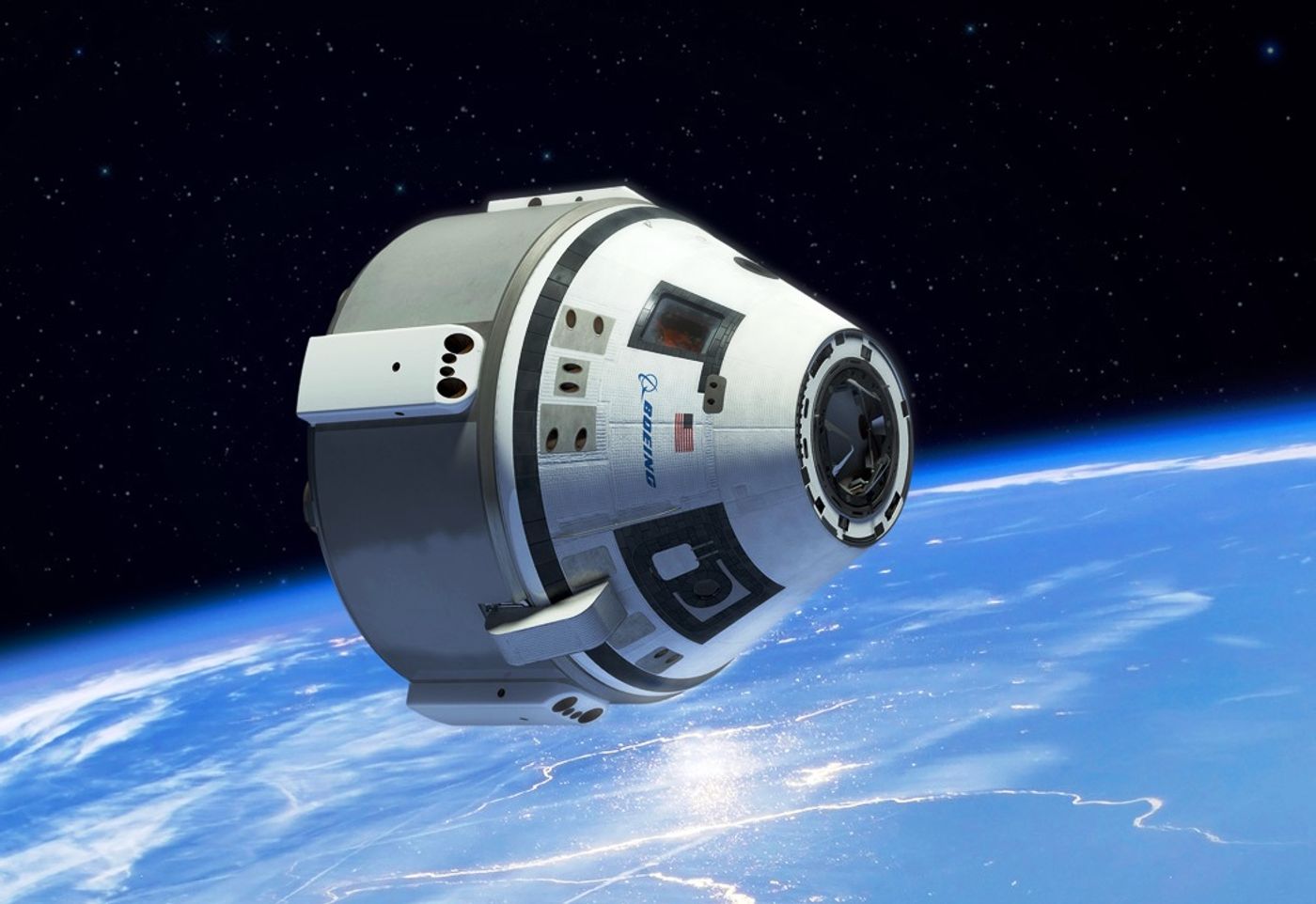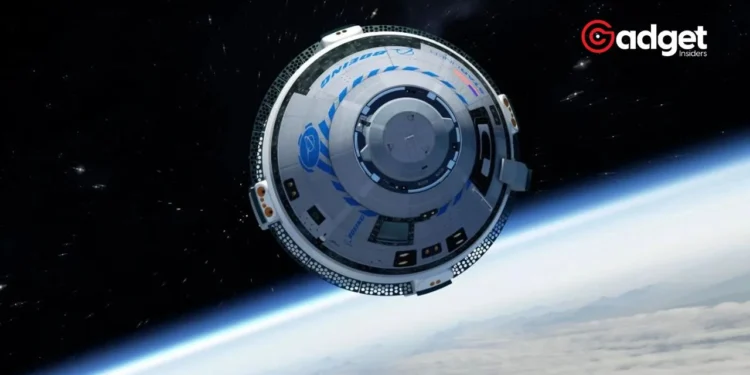After a series of setbacks and prolonged delays, Boeing’s Starliner spacecraft is gearing up for its first crewed launch. This historic mission, slated to depart from Florida as early as May 6, will transport NASA astronauts Suni Williams and Butch Wilmore to the International Space Station (ISS). This launch not only marks a significant milestone for Boeing’s Starliner program but also heralds a new chapter in the U.S. space narrative, potentially redefining space travel.
Mark Nappi, vice president and Starliner program manager at the Aircraft manufacturing giant, underscored the difficulties faced during the spacecraft’s development, stating, “Design and development is hard — particularly with a human space vehicle.”
He praised his team for their resilience, adding, “It certainly made the team very, very strong. I’m very proud of how they’ve overcome every single issue that we’ve encountered and gotten us to this point.”
The decision to proceed with the launch was confirmed by both Boeing and NASA officials, emphasizing their readiness to embark on this journey. Ken Bowersox, associate administrator for NASA’s Space Operations Mission Directorate, remarked, “We’ll launch when we’re ready,” indicating a cautious yet optimistic approach toward the upcoming flight.

A Dual Path to the Stars: Starliner Joins SpaceX in Orbit
This launch is particularly noteworthy as it aims to establish Boeing’s Starliner alongside SpaceX’s Crew Dragon, which has been operational since its historic maiden crewed flight in May 2020.
The inclusion of Starliner is expected to bolster the frequency and reliability of missions to the ISS, ensuring continuous human presence and research continuity aboard the orbiting laboratory.
Exciting news as Boeing and NASA gear up for the historic crewed launch of Starliner spacecraft on May 6, marking a major milestone in space exploration. Collaboration and perseverance paving the way for new possibilities.#Science pic.twitter.com/w8Qf94UQle
— Emily Johnson (@88_emilyjohnson) April 27, 2024
NASA Administrator Bill Nelson celebrated this advancement, commenting, “This is history in the making. We’re now in the golden era of space exploration.”
The vision shared by the Space company and its commercial partners like Boeing and SpaceX is to have a robust, competitive space sector that can support various missions, including lunar exploration and beyond.

Starliner’s Road to Redemption: Overcoming Technical Hurdles at NASA
The journey to this point has not been without its challenges for Starliner. A key moment of setback occurred during an uncrewed test flight in 2019 when a crucial software malfunction prevented the spacecraft from docking with the ISS. This incident, among others, led to intensified scrutiny and a comprehensive review of the spacecraft’s systems and protocols.
Further complicating the Space giant’s space ambitions have been issues unrelated to Starliner, such as the 737 Max crisis and other corporate mishaps.
However, NASA and the aviation giant have remained committed to overcoming these obstacles. Steve Stich, NASA’s Commercial Crew Program manager, noted a shift in oversight approaches, acknowledging, “Perhaps we didn’t have as many people embedded in that process as we should have.”

The Final Countdown: Safety, Confidence, and Readiness
As the launch date approaches, safety remains paramount. The Starliner team has been diligently addressing several technical concerns from previous tests, including parachute reliability and potential corrosion in spacecraft valves.
While some issues like valve redesign are deferred to future missions, interim solutions have been implemented to ensure mission safety. The astronauts at the heart of this mission, Williams and Wilmore, have expressed unwavering confidence in the spacecraft and the mission team.
Wilmore highlighted the robustness of the Starliner and its operational readiness, stating, “We want the general public to think it’s easy, but it’s not — it’s way hard.” His confidence is echoed by Williams, who confidently asserted her trust in the team and the spacecraft’s capabilities.
As Boeing and NASA edge closer to this pivotal launch, the eyes of the world, along with the hopes of countless space enthusiasts and professionals, are fixed on the Starliner, poised for a journey that could reshape the future of space travel. With each passing day, the anticipation builds, setting the stage for what may truly be a golden era of space exploration.










